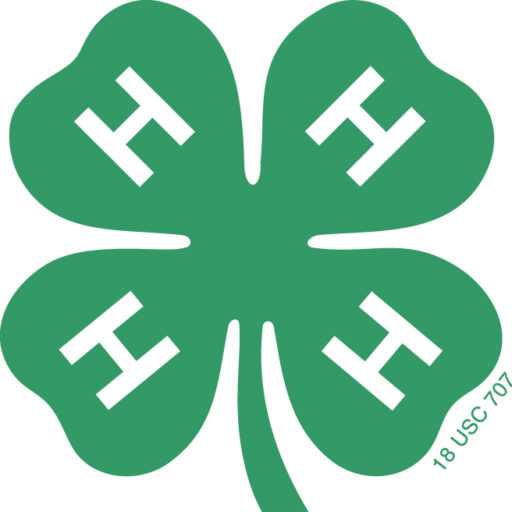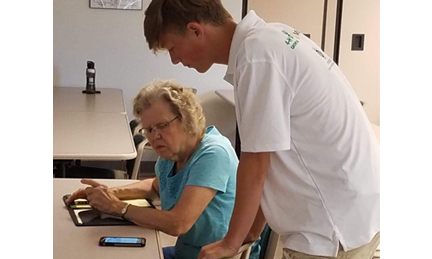9. Range Manager: Range managers oversee large tracts of land that are used for foraging, wildlife and grazing. They also help ranchers develop grazing practices so these areas are maximized in a sustainable manner.
10. Accountant: All of the small businesses that exist in rural communities – grocers, lawyers, small businesses – need to manage their finances. A rural accountant can work with multiple clients on their own flexible work schedule, offering a valuable service and being an integral part of the local business community.
11. Electrical Engineer: Similar to mechanical and computer systems engineers, electrical engineers create, maintain and upgrade electrical systems in large facilities, including manufacturing facilities and government buildings often found in rural communities.
12. Turf Scientist: Turf scientists use their STEM skills to maintain turf, as well as to operate computer-controlled irrigation equipment and highly technical machines. They typically work outdoors – or manage employees who do – to care for lawns, golf courses, parks, athletic fields, and large open areas on corporate campuses.
13. Marine Biologist: Marine biologists are people who study the animals that live in the sea. They use data and samples that they collect in the field, then evaluate in their labs to develop and test hypotheses about issues affecting these creatures. In a world of climate change and declining ocean health, they increasingly deal with problems of global importance.
You don’t have to leave your town to pursue a STEM-based career, because your passion and interest in science, technology, engineering, and math is needed right where you are. And there are ample opportunities for you to chase your passion to make a difference in your own community.
Visit CLOVER to find more exciting STEM content, including hands-on STEM activities supported by HughesNet that help get your child thinking about a career in science, technology, engineering, or math.















